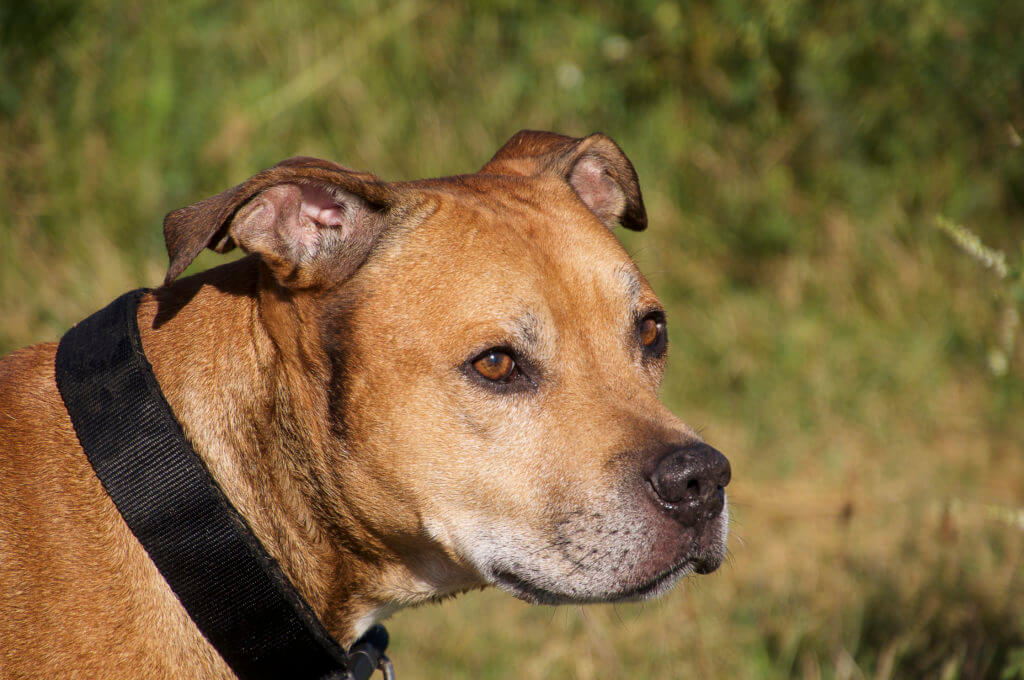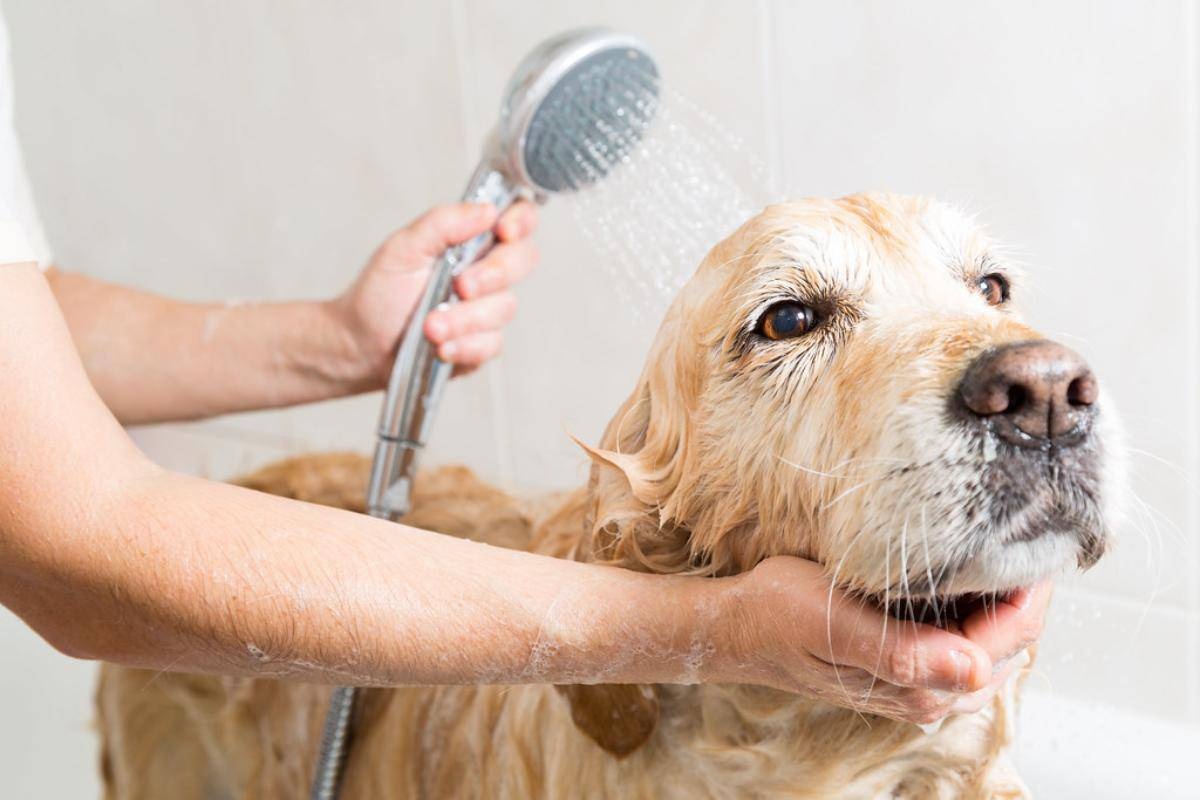
History and popular culture have not been kind to pit bulls. When you think about the typical “gangster” dog in movies, you would immediately think about a scary-looking muscled pit bull, snarling and showing its teeth. This cultural image and the overall “scary” appearance of the pit bull breed is the main reason why so many people fear pit bulls. Are pitbulls bad dogs?
However, pit bulls have gotten a bad rap. They are loving and sweet animals if they are given the right home and upbringing. Indeed, any reputable online wellness guide for dogs will say that a pit bull makes a great family pet! Yes, even pit bulls that are rescued from fighting rings can become part of a family.
The Most Enduring Myth: The Locking Jaw
Perhaps the most enduring myth concerning pit bulls is the idea that they have the ability to “lock” their jaws around their prey. This idea says that pit bulls have a unique evolution in their jaws that allow their front teeth to hold on to their prey while their back teeth continue to “chew” into their prey, thus inflicting more damage. This is part of the reason why pit bulls are a popular breed used for illegal fighting rings, aside from their fearsome and strong appearance.
The truth is that pit bulls are bred to be working and hunting dogs (although now there’s a huge variety of pitbull foods to choose from, so they don’t hunt any more), particularly for large and strong prey such as cattle and hogs. Thus, it is hard-wired into their breed to “grip” their prey because it is what they were bred to go. Pit bulls are also known for their stubbornness and tenacity, both of which are desirable traits in dogs that are trained to hunt prey in the wild. However, pit bulls do not have any significant difference in their mouth and jaw physiology compared to other dogs.
Why Are There So Many Pit Bulls in Shelters and Kennels?
The sad truth is that, even in this day and age, illegal dog fighting rings are still rampant. There have been many organized dogfighting rings that have been discovered all around the world, from Europe to Asia, and even in the United States. When these rings are discovered and shut down, the dogs are generally rescued and there are efforts to try and heal or rehabilitate the dogs.
Aside from illegal fighting rings, there are also many pit bulls that are rescued from puppy mills (where the puppies are generally sold to fighting rings when they grow older), as well as abandoned pit bulls after their owner has decided that they are no longer capable of taking care of the animal.
Can All Rescued Pit bulls be Rehabilitated?
Unfortunately, not all pit bulls that are rescued from illegal fighting rings or breeding operations can be rehabilitated. In some cases, the dogs are too injured or sick to be healed, and they are put down humanely so that the animal does not suffer needlessly. In other cases, the dog has become too scared or aggressive towards humans that it is no longer possible to re-introduce them into a loving family no matter how long the rehabilitation process.
How to Tell If a Pit Bull Can Be Rehabilitated?
The bright side is that the majority of rescued pit bulls can be rehabilitated and in many cases, they are adopted and become part of a loving family. However, this is not a quick and easy process, and it takes a trained expert to be able to assess whether a pit bull is suitable for rehabilitation.
Evaluating a Pit Bull
The process of evaluating a pit bull will determine whether or not a particular pit bull can be rehabilitated and safely join a family in the future. It takes a trained behavioral specialist to conduct this evaluation because the assessment is done on a particular animal and not based on their breed. Thus, people who fall into the bias of “pit bulls being aggressive BECAUSE of their breed” are not suitable for this task.
The main concern that’s covered when evaluating a pit bull is whether they can live and function normally with a family, especially one with small children or other dogs. Keep in mind that pit bulls are bred to go after smaller prey, and the noise, movements, and appearance of children and other pets can trigger this instinct. This is why it’s important to always monitor a rehabilitated pit bull even after they have been placed with a family for a period of time.
Best Candidates for a Rehabilitated Pit Bull
If the pit bull in question shows little to no aggression during their evaluation, they can be placed with a family with children or other pets, provided that the family is properly briefed on how to handle the animal. However, if the pit bull shows moderate aggression, a family without pets or even a single owner might be the best candidate as they will be able to offer a more suitable environment for the animal.
If given the right environment and proper rehabilitation tools, a pit bull can still live a long, happy, and normal life with a loving adoptive family even after being subjected to a lifetime of fighting and abuse.




